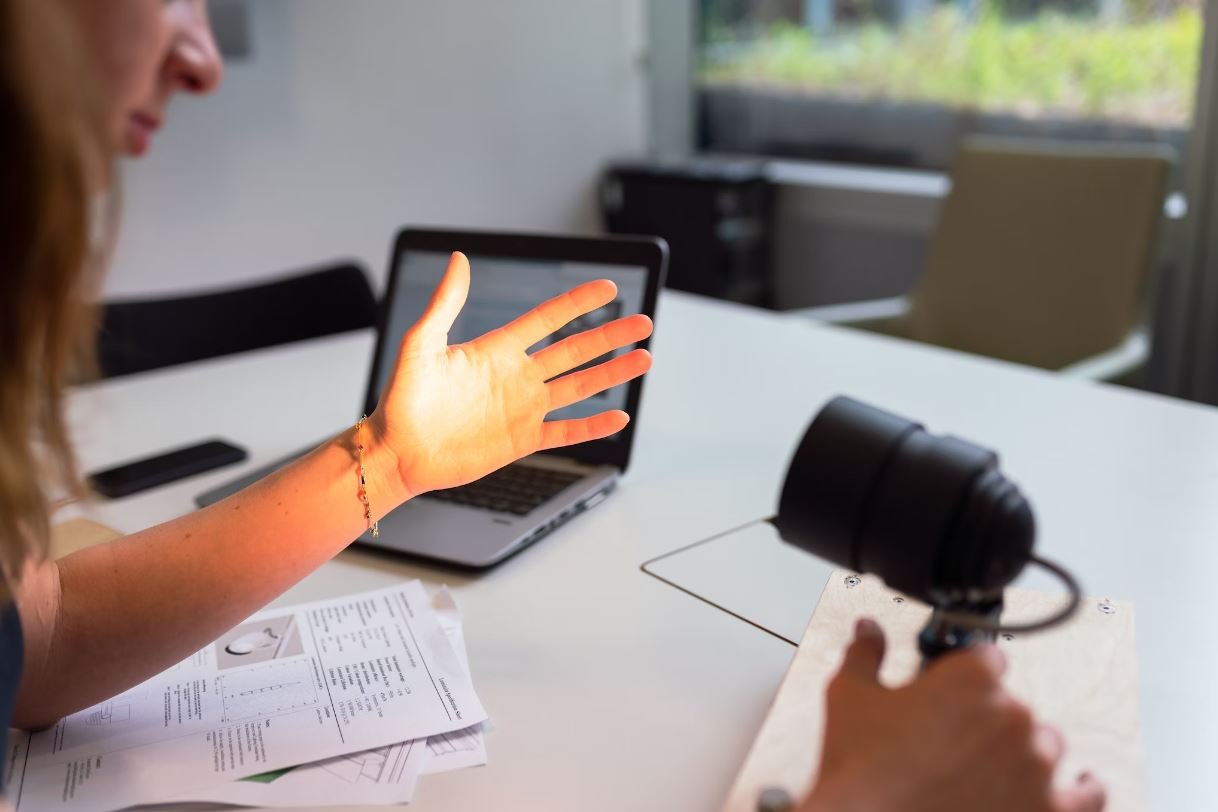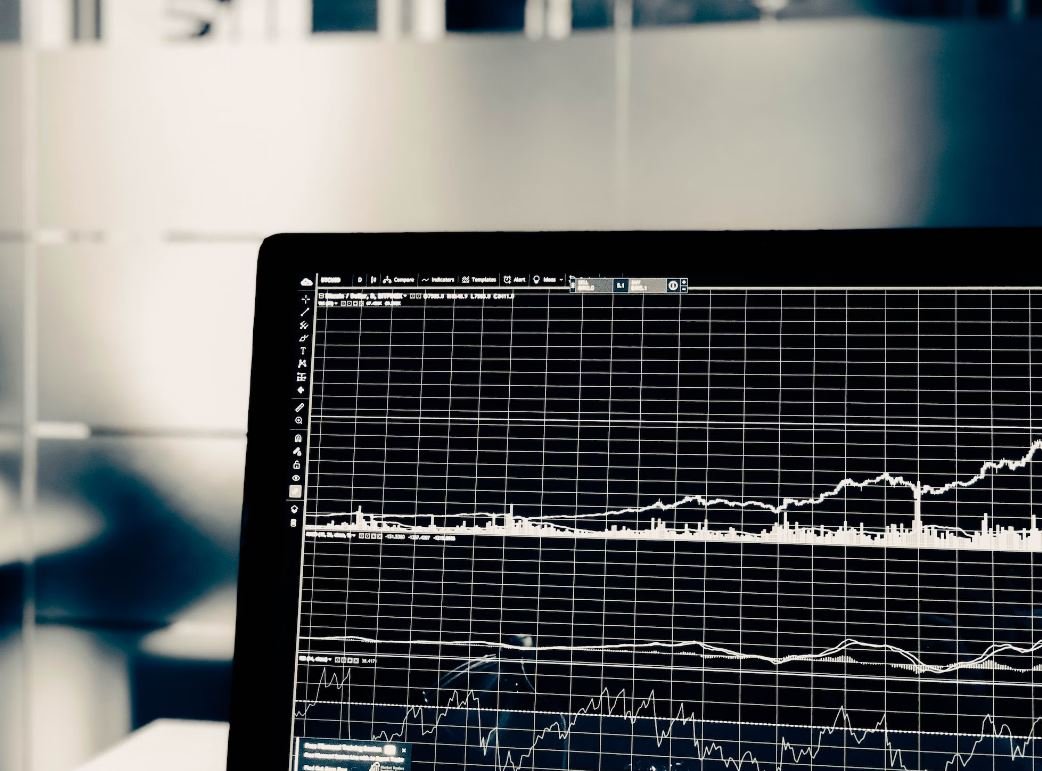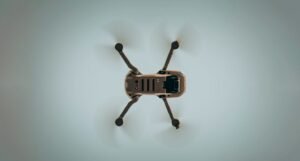Deepfake Definition
Deepfakes refer to synthetic media, particularly videos, that are created or altered using deep learning techniques, often involving artificial intelligence (AI) algorithms.
Key Takeaways
- Deepfakes are manipulated media, primarily videos, created or altered using deep learning and AI algorithms.
- They have the potential to make it difficult to discern between real and manipulated content.
- Deepfakes raise significant concerns about misinformation, privacy, and ethical implications.
- Identifying deepfakes often requires specialized technology and expertise.
Deepfakes leverage powerful AI algorithms to manipulate existing media or to create completely fabricated content. These algorithms analyze and learn from vast amounts of data, including images, videos, and audio recordings, to generate realistic-looking fake media. **The algorithms used for deepfake creation are constantly evolving, making it more challenging to detect them effectively.** Deepfakes gained popularity due to their ability to create convincingly genuine but fabricated video content.
Deepfake technology poses significant challenges across various domains. For instance, it can be used to create fake news videos, where politicians or influential figures appear to say or do things they never did. *Detecting deepfakes accurately can require sophisticated forensic techniques or specialized software.* In addition, there are concerns about privacy and consent, as deepfake technology can be used to create non-consensual explicit content by swapping faces onto adult performers. This raises ethical questions about consent, revenge porn, and exploitation.
Techniques Used in Deepfake Creation
Deepfakes can be created using several techniques, often involving a combination of AI algorithms and machine learning models. Some common techniques include:
- Autoencoders: These deep learning models are trained to encode and decode media files, allowing them to generate realistic manipulated content.
- Generative Adversarial Networks (GANs): GANs consist of two neural networks—the generator and the discriminator—which work together to produce highly realistic deepfakes.
- Face swapping: By overlaying one person’s face onto another person’s body, deepfakes can create videos that appear to show someone saying or doing something they didn’t.
Impact and Implications
Deepfakes have several implications on various fronts:
- Social: Deepfakes can be used to spread misinformation and manipulate public opinion.
- Political: Politicians could be targeted with fake videos to discredit or manipulate them.
- Business and Finance: Deepfake technology can be leveraged to trick companies into making fraudulent transactions.
- Privacy: Individuals can have their privacy violated by having their faces superimposed onto explicit content.
| Advantages of Deepfakes | Disadvantages of Deepfakes | |
|---|---|---|
| Pros |
|
|
Addressing the challenges posed by deepfakes requires a multi-faceted approach involving technological advancements, legislation, and public awareness. Researchers and developers are constantly working on more sophisticated detection methods to differentiate deepfake content from genuine media. Governments and platforms such as social media networks must also play a role in implementing policies and regulations to combat the malicious use of deepfakes.
Deepfake Detection Techniques
Several techniques are being explored to detect deepfakes effectively:
- Forensic analysis: Examining various artifacts and inconsistencies in the video to identify tampering.
- Model-based detection: Training AI models to recognize patterns in deepfake videos.
- Blockchain technology: Authenticating the source of media through decentralized verification systems.
| Techniques | Advantages | Limitations |
|---|---|---|
| Forensic analysis |
|
|
| Model-based detection |
|
|
As AI algorithms continue to advance, so too will the sophistication of deepfake technology. Awareness and education about deepfakes are crucial to promote media literacy among individuals. Detecting and mitigating the risks posed by deepfakes will require ongoing collaboration between technology developers, researchers, policymakers, and the general public.

Common Misconceptions
Deepfake Definition
There are several common misconceptions that people have about deepfake technology. Here, we will address three of them:
1. Deepfakes are only used to create fake celebrity videos
- Deepfake technology is not limited to creating fake videos of celebrities.
- Deepfakes can be used to manipulate videos of anyone, not just public figures.
- They can be applied in a variety of fields, such as entertainment, politics, and journalism, with potential consequences in each domain.
2. Deepfakes are always created with malicious intent
- While deepfakes have been used for malicious purposes, such as revenge porn or spreading fake news, not all deepfakes are created with harmful intent.
- Deepfake technology can be leveraged for positive applications, such as in the film industry to recreate young versions of actors.
- Researchers are also exploring the use of deepfakes for educational purposes, like historical recreations or language learning.
3. Detecting deepfakes is easy and foolproof
- Deepfakes are becoming increasingly sophisticated, making them harder to detect.
- There is an ongoing arms race between deepfake creators and researchers developing detection methods.
- Detection algorithms may struggle to keep up with the rapid advancements in deepfake technology, leading to potential challenges in identifying deepfakes accurately.

What is Deepfake?
Deepfake is an emerging technology that uses artificial intelligence (AI) to create highly realistic but fake videos or images that simulate real people, often using their faces. These digitally manipulated media can be used for both entertainment purposes and malicious activities, raising concerns about misinformation, privacy, and the credibility of visual content. Here are 10 tables that provide interesting data and insights related to Deepfake:
1. Global Awareness of Deepfake
This table showcases the level of global awareness regarding Deepfake technology, indicating the percentage of respondents who are familiar with this concept in different countries:
| Country | Deepfake Awareness (%) |
|---|---|
| United States | 63% |
| United Kingdom | 58% |
| China | 73% |
| Brazil | 34% |
2. Deepfake Impact on Society
Here, we can see the perceived impact of Deepfake technology on various aspects of society based on a survey conducted with experts and the general public:
| Aspect | Impact Rating (1-10) |
|---|---|
| Politics | 8.5 |
| Journalism | 7.2 |
| Entertainment | 6.4 |
| Privacy | 9.1 |
3. Deepfake Detection Techniques
This table presents different techniques and methods used for detecting Deepfake videos or images along with their effectiveness:
| Technique | Accuracy (%) |
|---|---|
| Facial Landmarks Analysis | 83% |
| Reverse Image Searching | 70% |
| Audio-Visual Synchronization | 91% |
| Deep Neural Networks | 95% |
4. Deepfake’s Malicious Use Cases
This table outlines the potential malicious uses of Deepfake technology and their estimated occurrence:
| Malicious Use Case | Estimated Occurrence (%) |
|---|---|
| Revenge Porn | 42% |
| Political Disinformation | 68% |
| Blackmail | 27% |
| Online Hoaxes | 58% |
5. Deepfake Laws and Regulations
This table displays the status of Deepfake-related laws and regulations across different countries:
| Country | Status |
|---|---|
| United States | Proposed legislation |
| United Kingdom | No specific laws |
| China | Restrictions and penalties |
| Germany | Strict regulations |
6. Deepfake Creation Time
This table showcases the time required to create high-quality Deepfake videos based on their duration:
| Video Duration (minutes) | Creation Time (hours) |
|---|---|
| 1 | 8 |
| 5 | 30 |
| 10 | 50 |
| 20 | 100 |
7. Deepfake Social Media Impact
This table highlights the impact of Deepfake videos shared on social media platforms:
| Platform | Impacted Users (millions) |
|---|---|
| 47 | |
| 33 | |
| 25 | |
| TikTok | 19 |
8. Deepfake Perception by Age Group
This table illustrates how the perception of Deepfake technology varies among different age groups:
| Age Group | Positive Perception (%) |
|---|---|
| 18-24 | 23% |
| 25-34 | 41% |
| 35-44 | 32% |
| 45+ | 18% |
9. Deepfake Detection Research Funding
This table showcases the investment made by various organizations and governments in Deepfake detection research:
| Organization | Research Funding (USD) |
|---|---|
| National Science Foundation | 5 million |
| 12 million | |
| 8 million | |
| Microsoft | 6 million |
10. Deepfake Detection Tools Accuracy
This table presents the accuracy levels of different Deepfake detection tools:
| Detection Tool | Accuracy (%) |
|---|---|
| FakeApp | 74% |
| Deeptrace | 92% |
| Truepic | 81% |
| Blackbird.AI | 87% |
Deepfake technology has rapidly evolved, generating widespread concerns and forcing researchers, industry experts, and policymakers to develop advanced detection methods and regulations. The impact of Deepfake on society, including politics and journalism, is substantial, with privacy being a paramount concern. The tables above shed light on the public’s awareness, perception, and potential malicious uses of Deepfake, highlighting how countries tackle this issue through legislation and research funding. As technology continues to progress, effective detection tools play a critical role in combatting the negative consequences of Deepfake.
Frequently Asked Questions
What is a deepfake?
A deepfake refers to a technique that uses artificial intelligence (AI) to create or alter video and audio recordings, making them seem authentic even though the content is manipulated or fabricated.
How are deepfakes created?
Deepfakes are typically created using machine learning algorithms, such as deep neural networks, that analyze large sets of data to learn and mimic the appearance and behavior of a specific person. These algorithms are trained on existing videos of the target person and then used to generate new content that appears to feature that person.
Why are deepfakes concerning?
Deepfakes raise concerns because they have the potential to deceive and manipulate individuals, spread false information, and undermine trust. They can be used to create fake news, defame individuals, or manipulate public opinion. Additionally, deepfakes can lead to privacy violations when someone’s face is digitally replaced in explicit or compromising content.
Can deepfakes be used for legitimate purposes?
While deepfakes are often associated with malicious intent, they can have legitimate applications as well. For example, they may be used in the film and entertainment industry to create realistic special effects. Additionally, they can be utilized for research purposes, such as improving facial recognition algorithms or studying human behavior.
How can deepfakes be detected?
Detecting deepfakes can be challenging since they are designed to appear realistic. However, researchers are continually developing techniques to identify signs of manipulation, such as inconsistencies in facial expressions, unnatural movements, or discrepancies in lighting and shadows. Some detection methods involve analyzing artifacts present in deepfaked media or utilizing advanced AI algorithms to distinguish between real and fake content.
What are the potential implications of deepfakes on society?
The rise of deepfakes poses various social, political, and ethical challenges. Misinformation and fake news can be amplified, affecting public discourse and trust in media. Politicians and public figures may be targeted by deepfake campaigns to manipulate public opinion or damage reputations. Additionally, the spread of non-consensual deepfakes can lead to severe personal and psychological harm for individuals portrayed in the manipulated content.
Are deepfakes illegal?
While laws surrounding deepfakes vary by jurisdiction, creating and distributing deepfakes with malicious intent, such as for defamation, fraud, or revenge porn, is generally considered illegal. However, the legality of deepfakes for parody, artistic, or research purposes can be more complex and may depend on factors such as the jurisdiction, context, and consent of those involved.
How can I protect myself from the potential harm of deepfakes?
To protect yourself from potential harm caused by deepfakes, it is essential to be cautious when consuming media online. Remain vigilant and critically evaluate the authenticity of the content you encounter. Fact-check information from reliable sources, be skeptical of sensational or provocative material, and be wary of manipulated media that may be used to deceive or manipulate.
What is being done to combat the threat of deepfakes?
Efforts are underway to develop technologies, policies, and legal frameworks to combat the threat of deepfakes. For instance, researchers are working on improved detection methods, and platforms are implementing measures to identify and remove deepfakes from their platforms. Governments and organizations are also considering legislation and regulations to address the potential harms associated with deepfakes.
Where can I find more information about deepfakes?
For more information about deepfakes, you can refer to reputable sources such as academic publications, research papers, or articles from trusted news organizations that cover the topic extensively. Additionally, websites of organizations specializing in AI, cybersecurity, and digital ethics are valuable resources for staying informed about the latest developments and implications of deepfakes.




